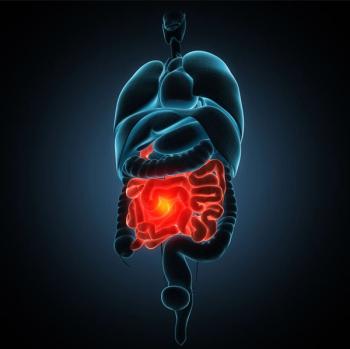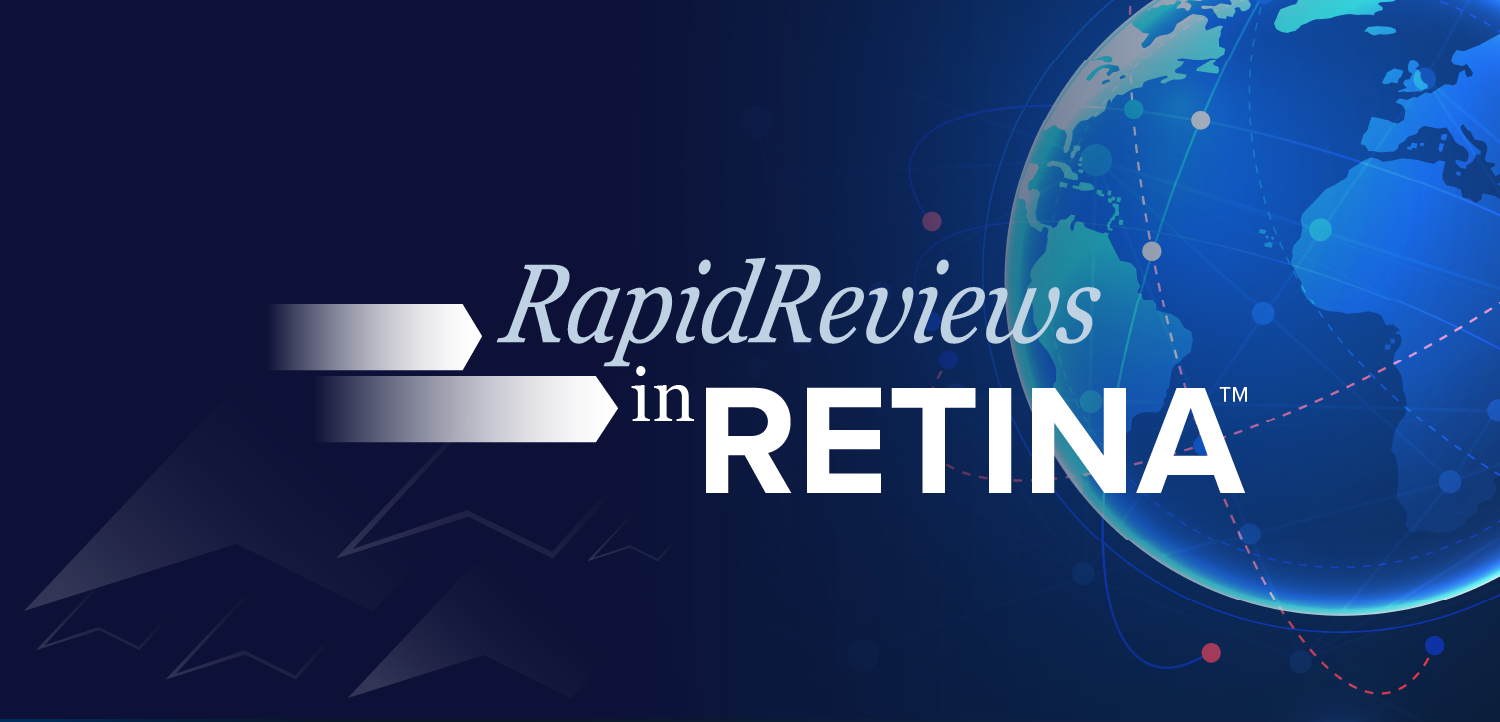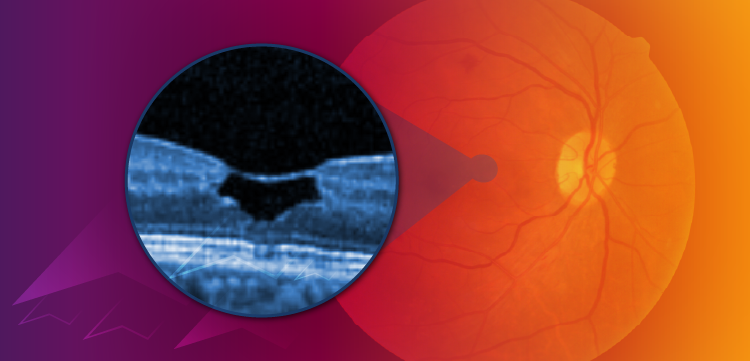
Moderate Renal Dysfunction Linked to Hip Fracture in Older Women
MINNEAPOLIS -- Older women with moderately impaired renal function are at increased risk for hip fractures, particularly trochanter breaks, researchers here reported.
MINNEAPOLIS, Jan. 22 -- Older women with moderately impaired renal function are at increased risk of hip fractures, particularly trochanter breaks, researchers here reported.
After adjustment for several potential confounders, the risk of trochanter fracture was increased fivefold in women with moderate impairment and 3.7-fold in those with mild impairment of renal function, Kristine Ensrud, M.D., of the VA Medical Center, and colleagues, reported in the Jan. 22 Archives of Internal Medicine.
The hip-fracture risk was independent of traditional risk factors, including age, body weight, and bone density, they found.
In a case-cohort study including 9,704 white, community-dwelling women, 65 or older, the researchers compared baseline renal function (estimated glomerular filtration rate using the Cockcroft-Gault equation) in 149 women (mean age 75.2) who subsequently had hip fractures and 150 women (mean age 73.1) who subsequently had vertebral fractures with the eGRF in 396 randomly selected women.
The women were recruited from 1986 to 1988 from population-based listings in Baltimore, Minneapolis, Portland, Ore., and Monongahela Valley, Pa. They were sorted into one of three groups according to estimated eGFR: moderate decrease (2); mild decrease (45-59 mL/min per 1.73 m2) ; normal (60 mL/min per 1.73 m2 or greater).
In models adjusted for age, weight, and calcaneal bone density, decreasing eGFR was associated with increased risk of hip fracture as follows: Compared with women with an eGFR 60 mL/min per 1.73 m2 or greater, the hazard ratio (95% confidence interval [CI]) for hip fracture was 1.57 (CI, 0.89-2.76) in those with an eGFR 45 to 59 mL/min per 1.73 m2.
The hazard ratio was 2.32 (CI, 1.15-4.68) for those with an eGFR less than 45 mL/min per 1.73 m2 (P for trend=.02).
In particular, women with a reduced eGFR were at increased risk of trochanteric hip fracture (adjusted hazard ratio, 3.93 (CI, 1.37-11.30) in women with an eGFR 45-59 mL/min per 1.73 m2. After final adjustment, the risk was 3.7-fold (1.2-11.2).
The adjusted hazard ratio for a trochanteric fracture was 7.17 (CI, 1.93-26.67) in women with an eGFR < 45 mL/min per 1.73 m2; P for trend=.004). After final adjustment the risk was 5.04 (1.38-18.45).
Women with lower eGFRs also appeared to be at increased risk of femoral neck fractures, although the association was weaker than that for trochanter fractures and did not reach statistical significance after adjustment for factors other than age.
Renal function was not independently associated with risk of vertebral fracture (adjusted odds ratio, 1.08 (CI, 0.61-1.92) in women with an eGFR 45-59 mL/min per 1.73 m2 and 1.33 (CI, 0.63-2.80) in women with an eGFR< 45 mL/min per 1.73 m2; P for trend=0.47).
These results suggest that reduced renal function is not an independent risk factor for vertebral factures in older women, the researchers said. The increased risk of vertebral fractures in this cohort seemed to be primarily related to their older age and lower bone mineral density.
Furthermore, the investigators said, inasmuch as the mean glomerular filtration rate at baseline was lower among women without a complete set of spine radiographs compared with those with a complete set, survival bias may partially explain the absence of an independent association between renal function and vertebral fracture.
Several reasons might explain the association of hip fracture with reduced renal function in these women, Dr. Ensrud said. Renal function in older women might be a marker of other conditions that increase hip fracture, although known risk factors, such as smoking, advanced age, poorer health, for example, did not explain the risk.
On the other hand, moderate impairment of renal function has been associated with increased levels of inflammatory markers, homocysteine and procoagulant markers, as well as anemia and malnutrition. Any of the factors might be involved, Dr. Ensrud said.
Also, the investigators noted, the association between reduced renal function and trochanter fractures persisted despite adjustment for the multiple correlates or components of frailty.
The study's limitations, the researchers said, was the fact that a direct measure of glomerular filtration rates was not available, so the estimated rate (eGFR) was calculated using a serum creatinine concentration-based equation (Cockcroft-Gault).
"It is concerning," they wrote, that they did not find a similar association when using the abbreviated Modification of Diet in Renal Disease (MDRD) equation to calculate the eGFR. Which of the two indices is superior has been a subject of debate, the researchers said. However, because the MDRD was derived in middle-aged adults with kidney disease, the accuracy of the measure in the current study is uncertain, they concluded.
The investigators also noted that because the participants in this study were older white women, these results may not apply to other population groups.
"These findings suggest that clinicians should consider including renal function as part of the risk assessment for hip fracture in elderly women. Further research should examine whether more direct and sensitive measures of renal function are associated with rates of bone loss and fracture risk in older persons." Dr. Ensrud's team concluded.
In an editorial, Stuart Sprague, D.O., of Northwestern wrote that although the increased risk of hip fracture has been shown in dialysis patients, to his knowledge the existence of a similar correlation has not been shown in patients with milder forms of chronic kidney disease.
Thus, he said, it is extremely important to understand the pathophysiologic mechanisms that cause chronic kidney disease-associated fractures and to realize that therapy should be directed toward the underlying disorders.
Because these patients have an extremely high prevalence of secondary hyperparathyroidism and vitamin D deficiency, effective treatments that can correct these disorders may reduce the burden of fractures in these patients, he said.
Several active vitamin D compounds, such as calcitriol and Zemplar (paricalcitol), as well as the prohormones alfacalcidol and Hecterol (doxercalciferol) have been shown to significantly reduce parathyroid hormone levels and moderate the symptoms commonly associated with hyperparathyroidism in kidney disease.
Thus, while mild to moderate kidney impairment puts patients at an increased risk for hip fracture, proper control of hyperparathyroidism and vitamin D deficiency has the potential to reduce the risk of hip fractures, Dr. Sprague wrote.
In summary, he said, it is important to recognize that the risk of fracture in patients with chronic kidney disease is not just a function of having decreased bone density or of being given the diagnostic label of osteoporosis.
It is important to recognize that the underlying pathogenesis may be the result of altered mineral metabolism associated with bone mineral density in chronic kidney disease. Therefore, Dr. Sprague concluded, before anti-osteoporosis therapy is initiated, these patients should be further evaluated and treated for any existing underlying disorders.
Newsletter
Enhance your clinical practice with the Patient Care newsletter, offering the latest evidence-based guidelines, diagnostic insights, and treatment strategies for primary care physicians.


















































































































































































































































































































